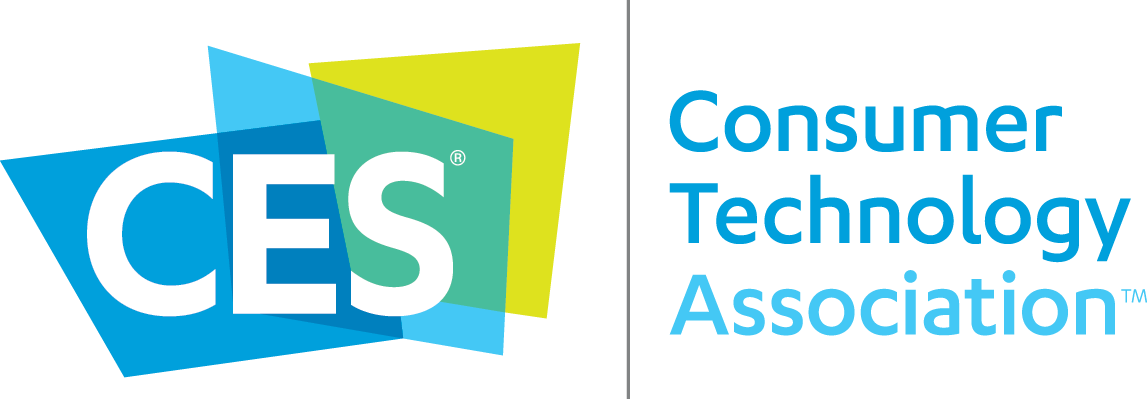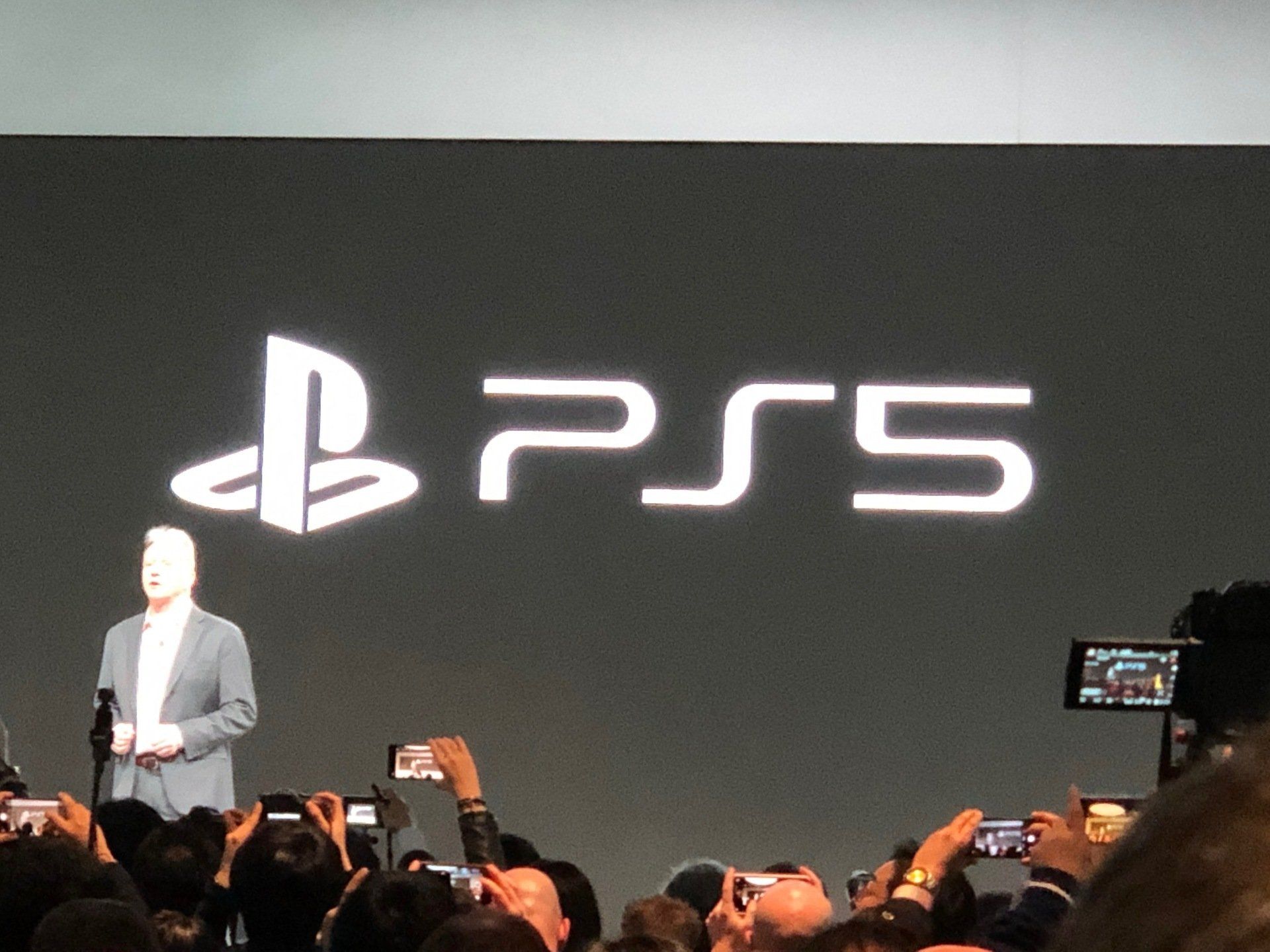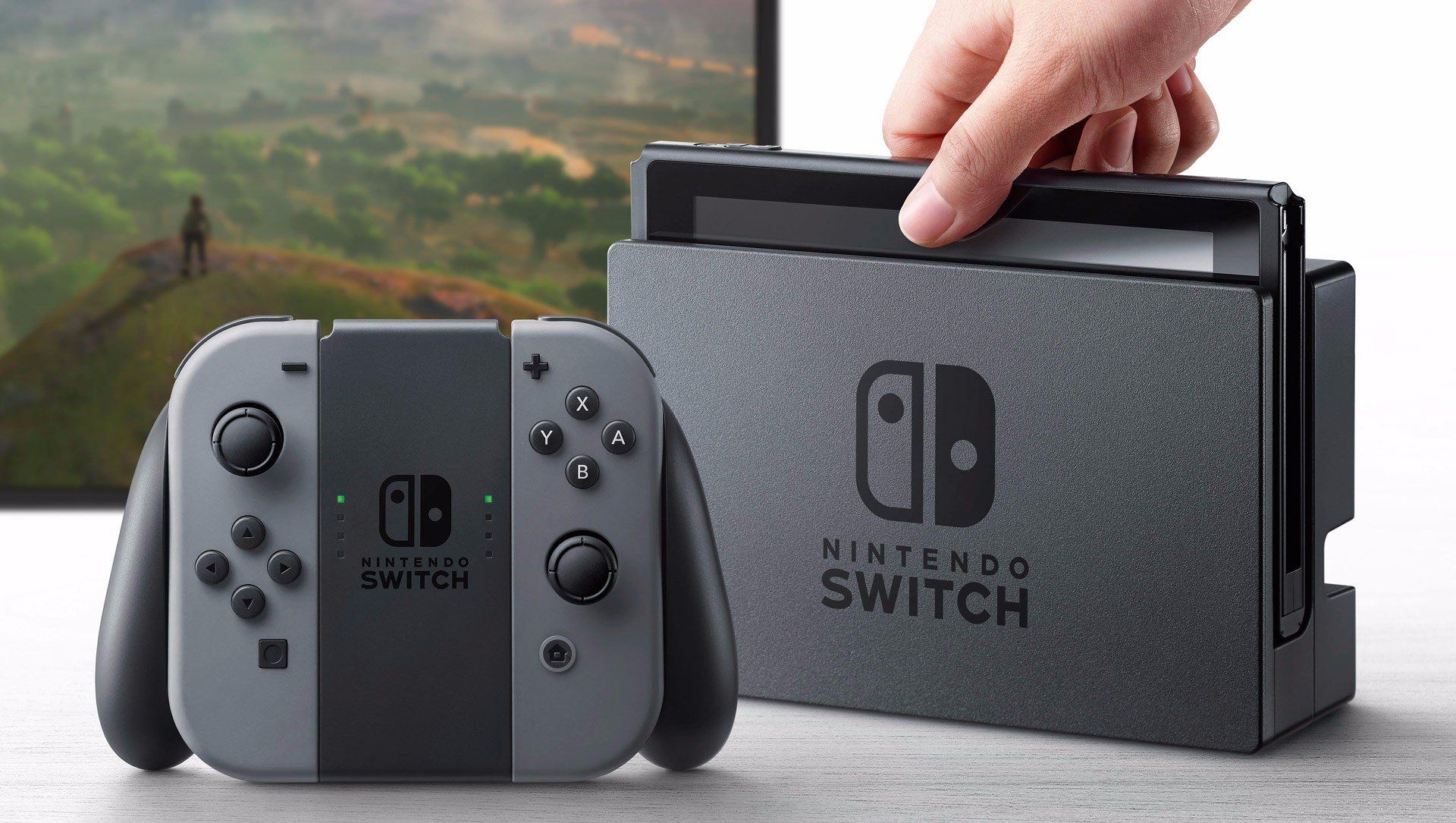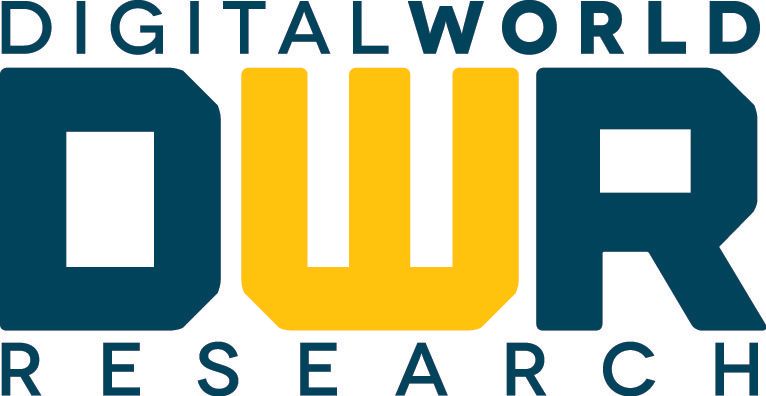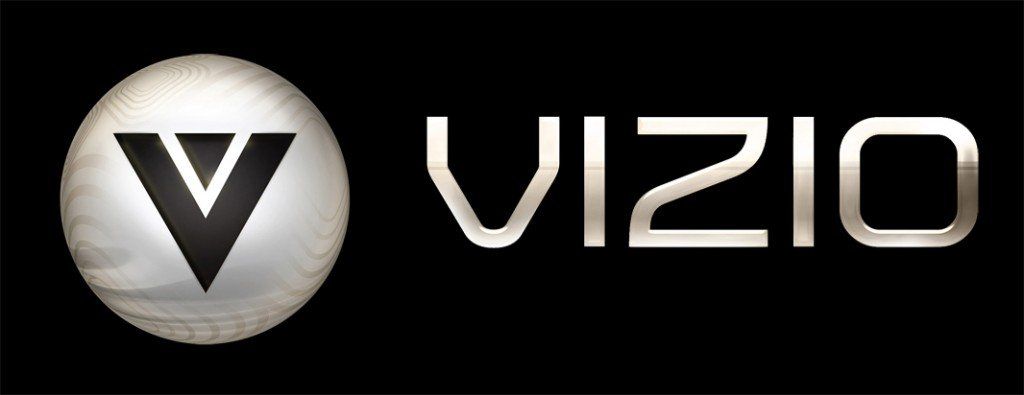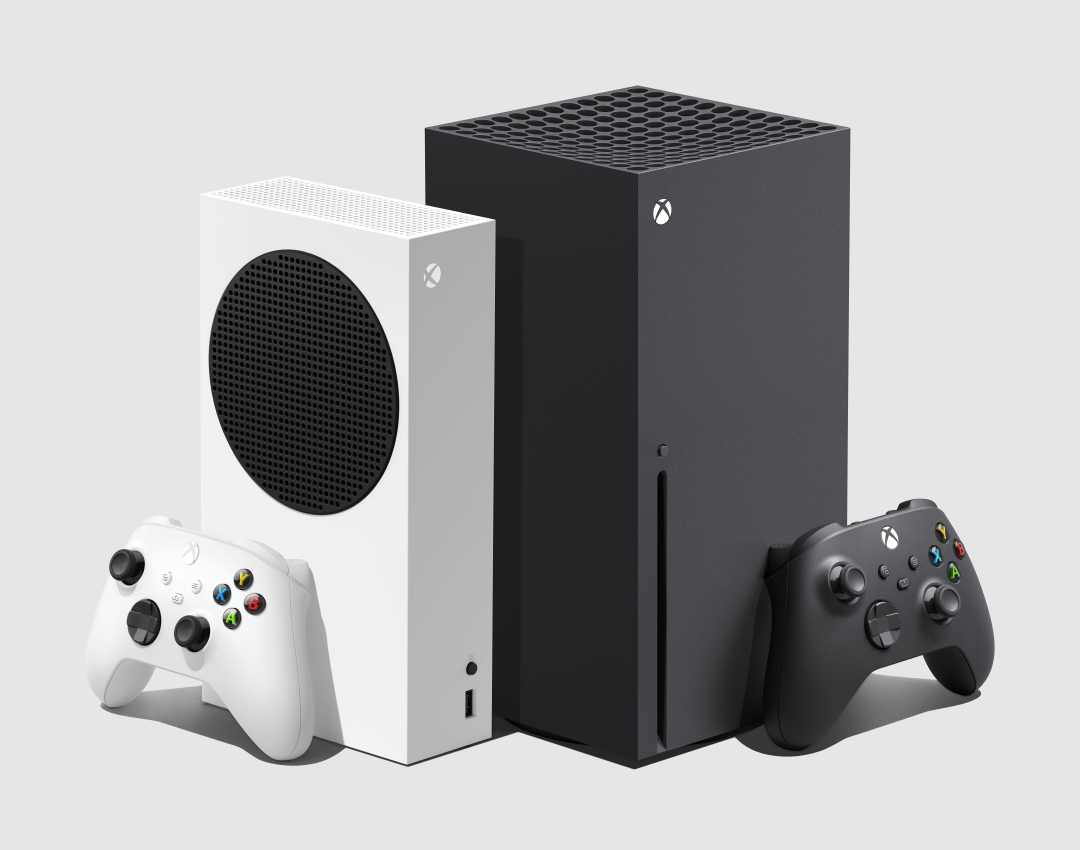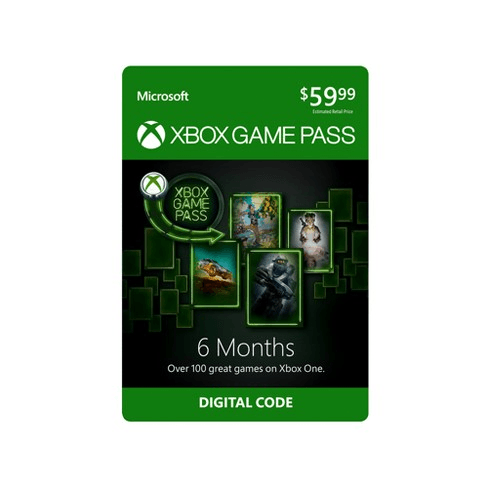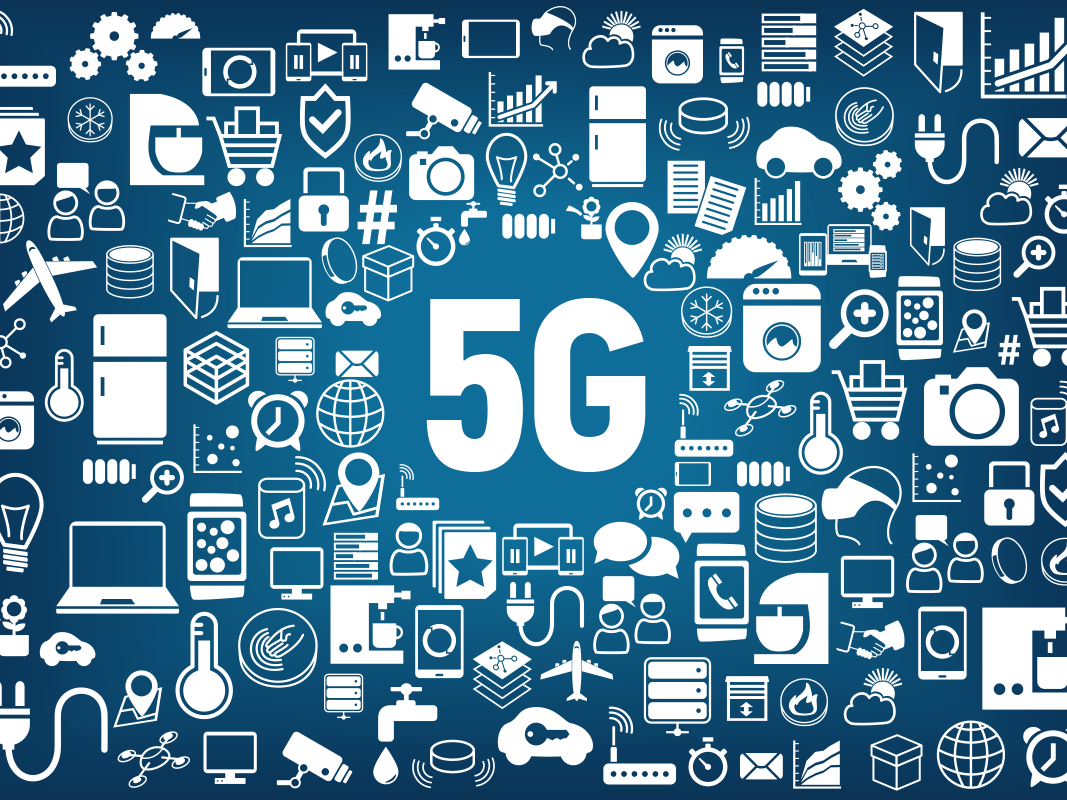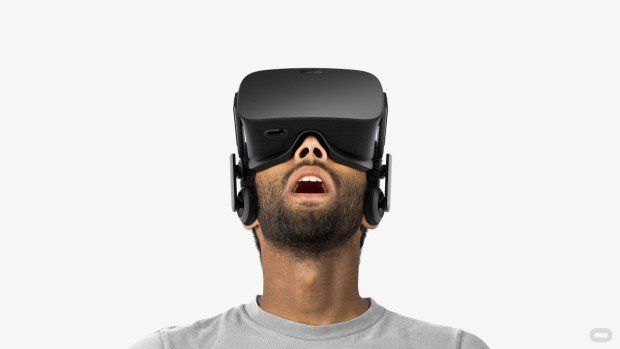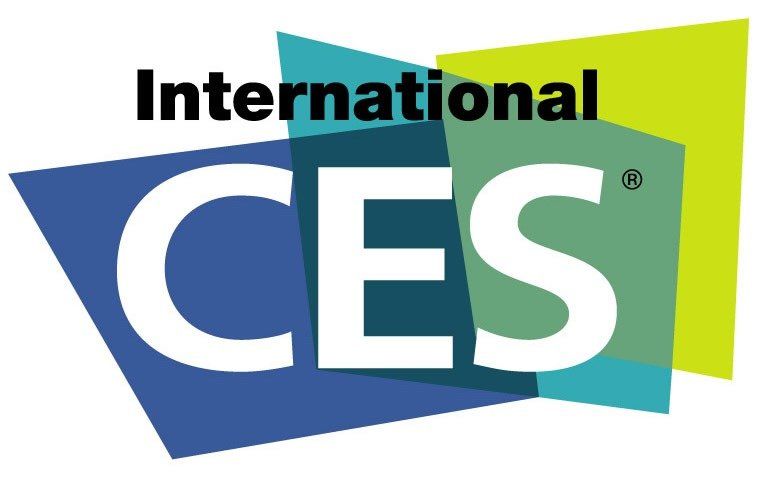Why Vizio Being Bought Shouldn’t Be Overlooked
So kudos to Vizio, who sold out to LeEco for $2B. This is a great example of #DigitalEmpireBuilding in action where a company chooses to buy instead of building to grow its empire in the digital landscape. In this case, it’s an American company selling its TV hardware sales business to a Chinese company that wants in-roads into the U.S. market.
Here is why this matters: it is an inflection point for a Chinese consumer electronics company gaining a foothold into the U.S. distribution channels to market TVs to a U.S. consumer, thereby taking on the two incumbents, Korea-based Samsung and L.G..
The race to add blocks in #DigitalEmpireBuilding here means that LeEco:
-Now has a range of products such as phones and TVs to sell to U.S. consumers, with potential distribution partners lined up thanks to Vizio’s current distribution partners. LeEco is also involved in funding electronic car research.
-Has access, specifically, to the growing Vizio footprint at retail both in bricks-and-mortar and online. Note that Vizio, just a few years ago, had limited distribution in channels such as clubs/warehouses, but as its TV products improved with competitive pricing, it’s footprint grew. This means that consumers today can buy a Vizio TV from Best Buy, Target, Wal-Mart, Costco, BJ’s Warehouse and, of course, Amazon.
-Now has a brand to possibly sell in China, where the growing middle class is moving to the coastal cities such as Shanghai and buying up consumer electronics (see: TVs, phones). Couple this brand with LeEco’s stated goal of creating original TV and Film content for the Chinese market. Think big content delivery network (CDN)–China big, and LeEco is building out the end points of hardware.
- Oh yes–don’t miss that LeEco is yet another Chinese company with VR hardware. This particular segment will only get noisier over the next three years.
Keep in mind the historical perspective of TV sales in the past 15 years in the U.S.–the Japanese brands, Sony, Panasonic and Sharp, dominated the landscape until they were overtaken by the Korean-based manufacturers in Samsung and LG, largely driven by a huge currency advantage. Vizio was the outlier in the market over the past five-plus years–a U.S.-based company with no manufacturing capacity, but a keen ability to negotiate for quality TV panels in a time where panel production volume was in flux in Japan, Korea, and with Chinese manufacturers coming online.
This means that there is more competition to control consumers both inside the home and while mobile — touchpoints are critical.
-Microsoft understands this already (see our piece on Windows 10).
-Apple is aiming for it and we expect to hear more in early September.
-Google is squarely in every aspect of this arena and its likely next big move is to revamp the phone OS for verticals such as VR. Stay tuned.
-Amazon keeps rolling out new hardware solutions (see: Echo, Tap, and Dot) to meet consumer needs.
-Facebook — while not involved in hardware per se, is clearly moving down the CDN path. See: Facebook Livestream.
Don’t forget–this list includes DirecTV/AT&T, now Verizon/Yahoo/Fios, Dish/SlingTV , Comcast/Xfinity, and a list of other content/service providers such as Netflix, TIDAL, etc. Every company mentioned saw the Vizio news and took note, and many are already trying to figure out the next building block to be built–or sold–as companies compete for the U.S. consumer market.
